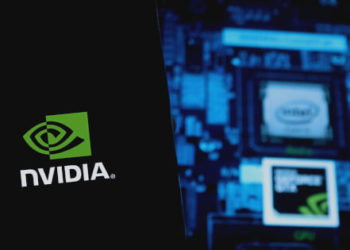In response to the ongoing regulatory arms race taking place throughout the world, Australia has initiated a public consultation over the classification of its own cryptocurrency assets. The national authorities want to differentiate between four primary categories of items that are connected to the cryptocurrency business.
The Australian Treasury issued a consultation document on “token mapping” on February 3, claiming that it would serve as a fundamental step in the government’s multistage reform strategy to regulate the market. This announcement was made. It is intended to contribute to “a fact-based, consumer mindful, and innovation-friendly” approach to the formulation of public policy.
In this study, some fundamental definitions for cryptographic concepts are proposed using a methodology that is both “functional” and technology-neutral.
At the most fundamental level, it provides an explanation of the fundamental ideas behind cryptographic networks, cryptographic tokens, and smart contracts. A decentralised computer network that is capable of hosting crypto tokens is what the Treasury envisions when it talks about what a crypto network is. The storing of information and the processing of user commands are its two fundamental functions. According to the research study, Bitcoin and Ethereum are the two public crypto networks that have the largest name recognition.
A unit of digital information that may be “exclusively utilised or controlled” by a person who does not administrate the host hardware where the token is recorded is referred to as a crypto token. This is the definition of a crypto token. According to the research report, one of the most important characteristics that set crypto tokens apart from other types of digital records is the ability to exercise “exclusive use and control.”
A computer code that is submitted to the database of a crypto network is what constitutes a smart contract. It entails intermediaries or agents executing tasks under promises or other arrangements or processes being carried out by cryptographic networks without the need of intermediaries or agents, as well as without the use of promises.
Using these straightforward concepts as a foundation, the study presents its taxonomy of four distinct categories of crypto-related products:
Although the study does not present any legislative efforts and rather suggests to begin the conversation on this taxonomy, the authors of the article predict that a significant section of the crypto ecosystem will be able to comply with current regulations with only minor modifications. It is the parts of the ecosystem whose services are being assured by public, self-service software that may need the development of a whole new regulatory framework.
The Treasury Department will keep an open mind and listen for input until March 3. Midway through the year 2023, a similar report will be published on the potential licencing and custody framework for cryptocurrencies. This will be the next key stage in the ongoing process of a national regulatory debate.
The consultation document that His Majesty’s Treasury of the United Kingdom had prepared for the crypto regulation was also released on February 1. In it, the financial authority stressed the lack of requirement in the separate law, given that the current Financial Services and Markets Act is capable of covering digital assets. This is due to the fact that the Financial Services and Markets Act was amended in 2013.
Credit: Source link












































